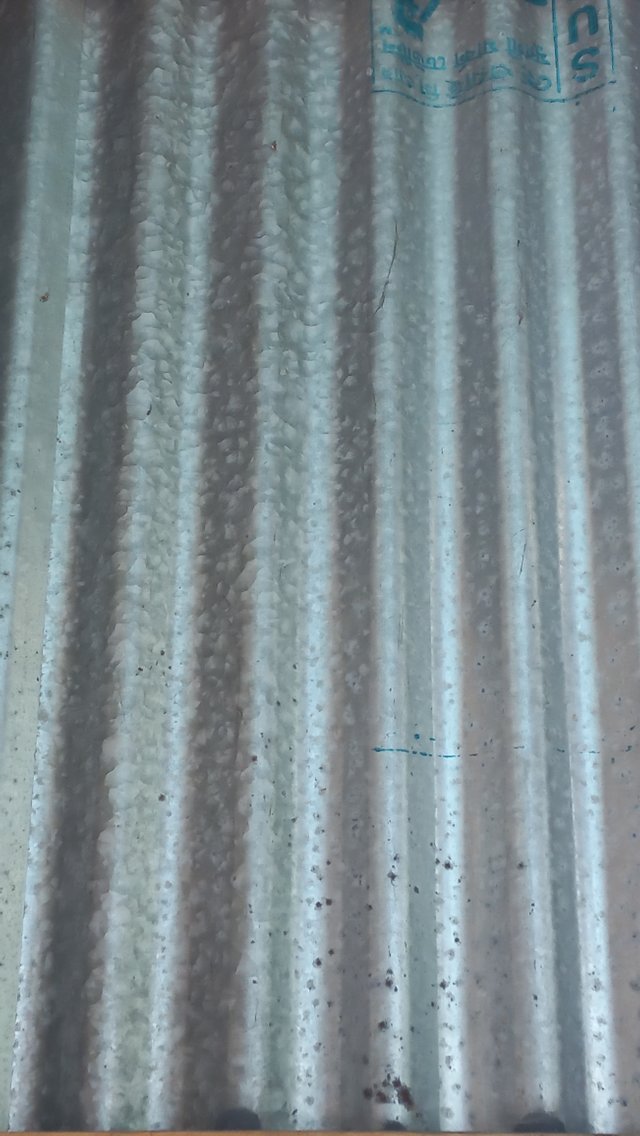Unveiling the Secrets of Steel Sheets

Steel sheets are the backbone of countless industries, from construction to automotive manufacturing. Understanding their properties and specifications is crucial for selecting the right material for any project. In this guide, we'll delve into the details of steel sheets, exploring their composition, types, applications, and key considerations.
Composition and Manufacturing Process:
Steel sheets are primarily composed of iron and carbon, with additional elements such as manganese, silicon, and sometimes traces of other metals to enhance specific properties. The manufacturing process begins with melting raw materials in a furnace, followed by refining and alloying to achieve the desired composition. The molten steel is then cast into slabs, which are subsequently rolled into thin sheets through a series of hot or cold rolling processes.
Types of Steel Sheets:
- Hot Rolled Steel Sheets: Produced at high temperatures, hot rolled steel sheets have a rough surface finish and are typically used in applications where surface aesthetics are less critical, such as structural components and industrial machinery.
- Cold Rolled Steel Sheets: Cold rolling involves passing hot rolled steel through a series of rollers at room temperature, resulting in smoother surfaces and tighter tolerances. Cold rolled sheets are often preferred for applications requiring precise dimensions and a superior surface finish, such as automotive body panels and appliances.
- Galvanized Steel Sheets: Galvanization is a process of applying a protective zinc coating to steel sheets to enhance corrosion resistance. Galvanized steel sheets are commonly used in outdoor applications, construction projects, and roofing materials.
- Stainless Steel Sheets: Stainless steel contains chromium and nickel, providing superior resistance to corrosion, heat, and staining. Stainless steel sheets are widely used in food processing, medical equipment, architectural projects, and decorative applications.
Applications:
Steel sheets find applications across a wide range of industries due to their versatility and durability. Some common uses include:
- Construction: Steel sheets are used in building structures, bridges, roofing, and cladding due to their strength and load-bearing capabilities.
- Automotive: Steel sheets are vital components in vehicle manufacturing, including body panels, chassis, and engine parts, due to their high strength-to-weight ratio and formability.
- Manufacturing: Steel sheets are used to fabricate various industrial machinery, equipment, and tools due to their toughness and machinability.
- Appliances: Steel sheets are found in household appliances such as refrigerators, ovens, and washing machines due to their resistance to heat and corrosion.
- Packaging: Thin gauge steel sheets are used in packaging materials, cans, and containers due to their strength and recyclability.
Key Considerations:
When selecting steel sheets for a particular application, several factors must be considered:
- Material Properties: Consider the mechanical properties (e.g., tensile strength, yield strength, elongation) and chemical composition to ensure compatibility with the intended use.
- Surface Finish: Evaluate the surface finish requirements based on aesthetic considerations, corrosion resistance, and functional requirements.
- Dimensional Tolerances: Check dimensional tolerances and flatness requirements to ensure proper fit and assembly.
- Coating Options: Determine the need for additional coatings or treatments (e.g., galvanization, painting) based on environmental exposure and corrosion resistance requirements.
- Cost and Availability: Compare costs and availability of different steel grades and finishes to optimize performance and budget considerations.
In conclusion, steel sheets play a vital role in numerous industries, offering strength, durability, and versatility for a wide range of applications. By understanding the composition, types, applications, and key considerations of steel sheets, stakeholders can make informed decisions when selecting materials for their projects, ensuring optimal performance and cost-effectiveness.
Steel sheets are fundamental components in various industries, serving critical roles in construction, manufacturing, automotive, and beyond. Understanding their intricacies is essential for optimal utilization and informed decision-making.
Composed primarily of iron and carbon, with alloying elements like manganese and silicon, steel sheets undergo rigorous manufacturing processes. From melting raw materials in furnaces to casting slabs and rolling them into thin sheets, each step influences the final product's properties.
Hot rolled steel sheets, produced at high temperatures, exhibit rough surfaces suitable for structural components. In contrast, cold rolled sheets, processed at room temperature, offer smoother finishes ideal for precision applications like automotive body panels.
Galvanized steel sheets, coated with zinc for enhanced corrosion resistance, find applications in outdoor structures and roofing. Stainless steel sheets, containing chromium and nickel, excel in environments requiring resistance to corrosion, heat, and staining, such as medical equipment and architectural projects.
Across industries, steel sheets fulfill diverse roles. In construction, they form the backbone of buildings, bridges, and roofing systems, providing strength and durability. In automotive manufacturing, steel sheets shape body panels, chassis, and engine parts, balancing strength with formability.
In manufacturing, steel sheets fabricate industrial machinery and equipment, thanks to their toughness and machinability. Household appliances rely on steel sheets for components like refrigerators, ovens, and washing machines, benefiting from their resistance to heat and corrosion.
Even in packaging, steel sheets play a role, contributing to cans, containers, and packaging materials, leveraging their strength and recyclability.
When selecting steel sheets, various factors come into play. Material properties, including mechanical strength and chemical composition, dictate suitability for specific applications. Surface finish requirements, dimensional tolerances, and coating options further influence decision-making, balancing performance with cost considerations.
Ultimately, steel sheets epitomize versatility and reliability, enabling innovation and progress across industries. By comprehending their nuances, stakeholders can harness the full potential of steel sheets, driving efficiency, sustainability, and resilience in a rapidly evolving world.
Upvoted! Thank you for supporting witness @jswit.
Downvoting a post can decrease pending rewards and make it less visible. Common reasons:
Submit
Downvoting a post can decrease pending rewards and make it less visible. Common reasons:
Submit